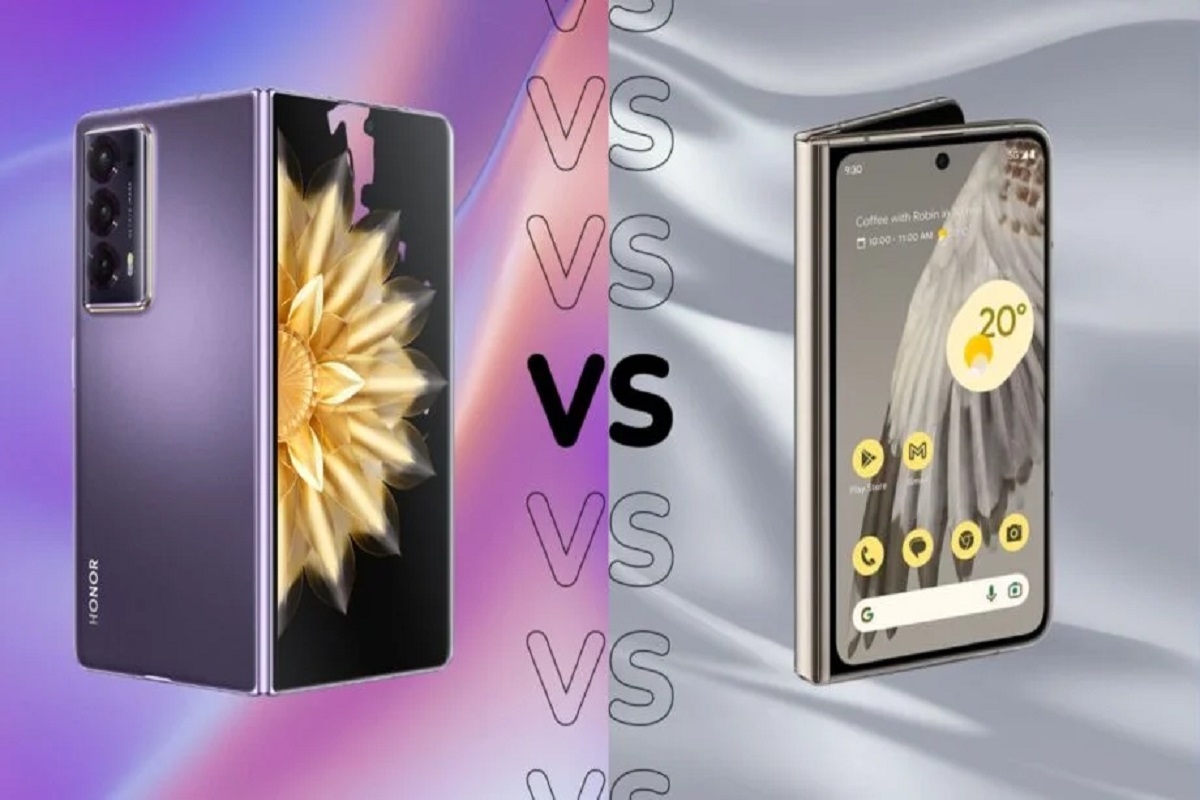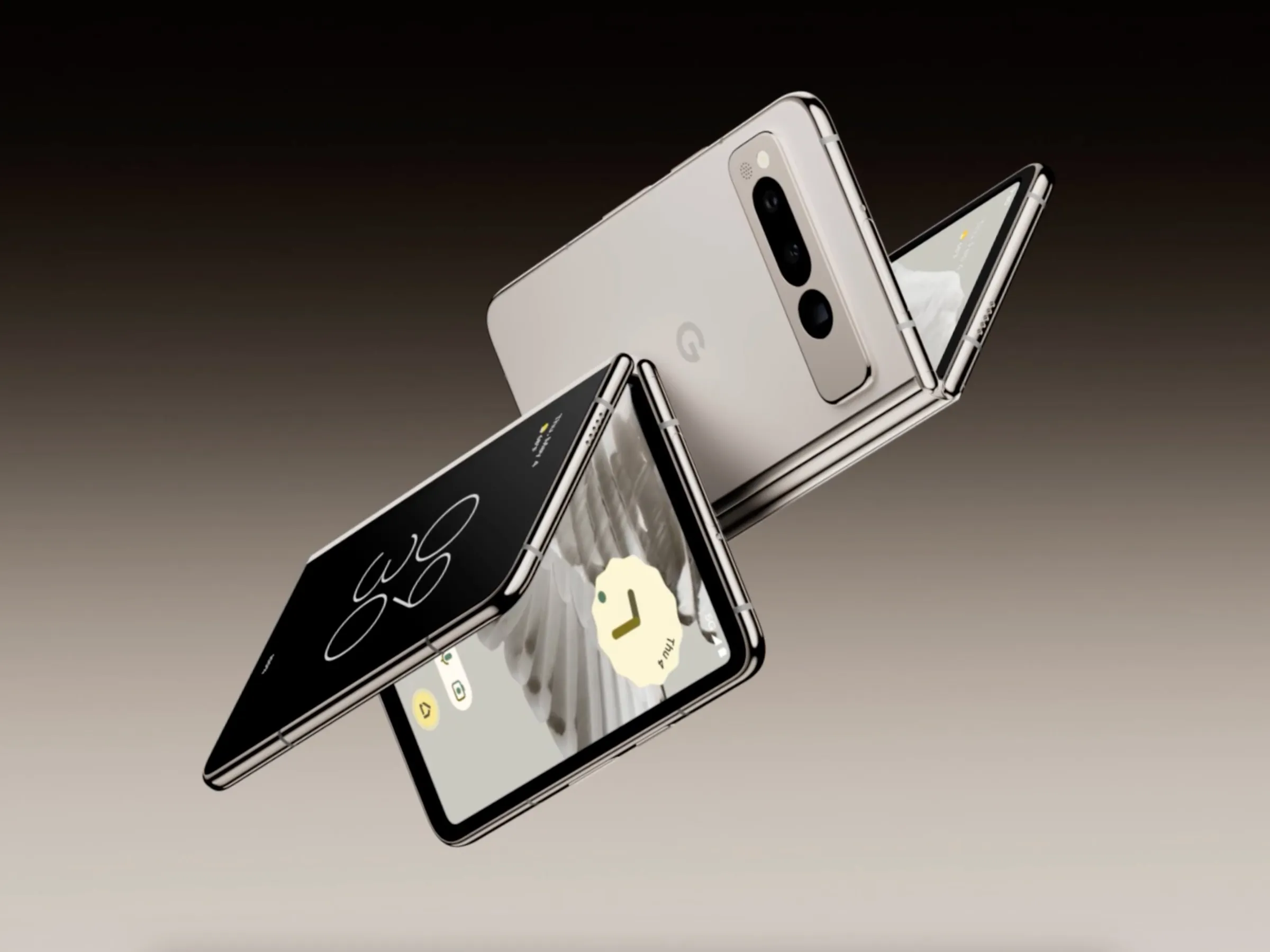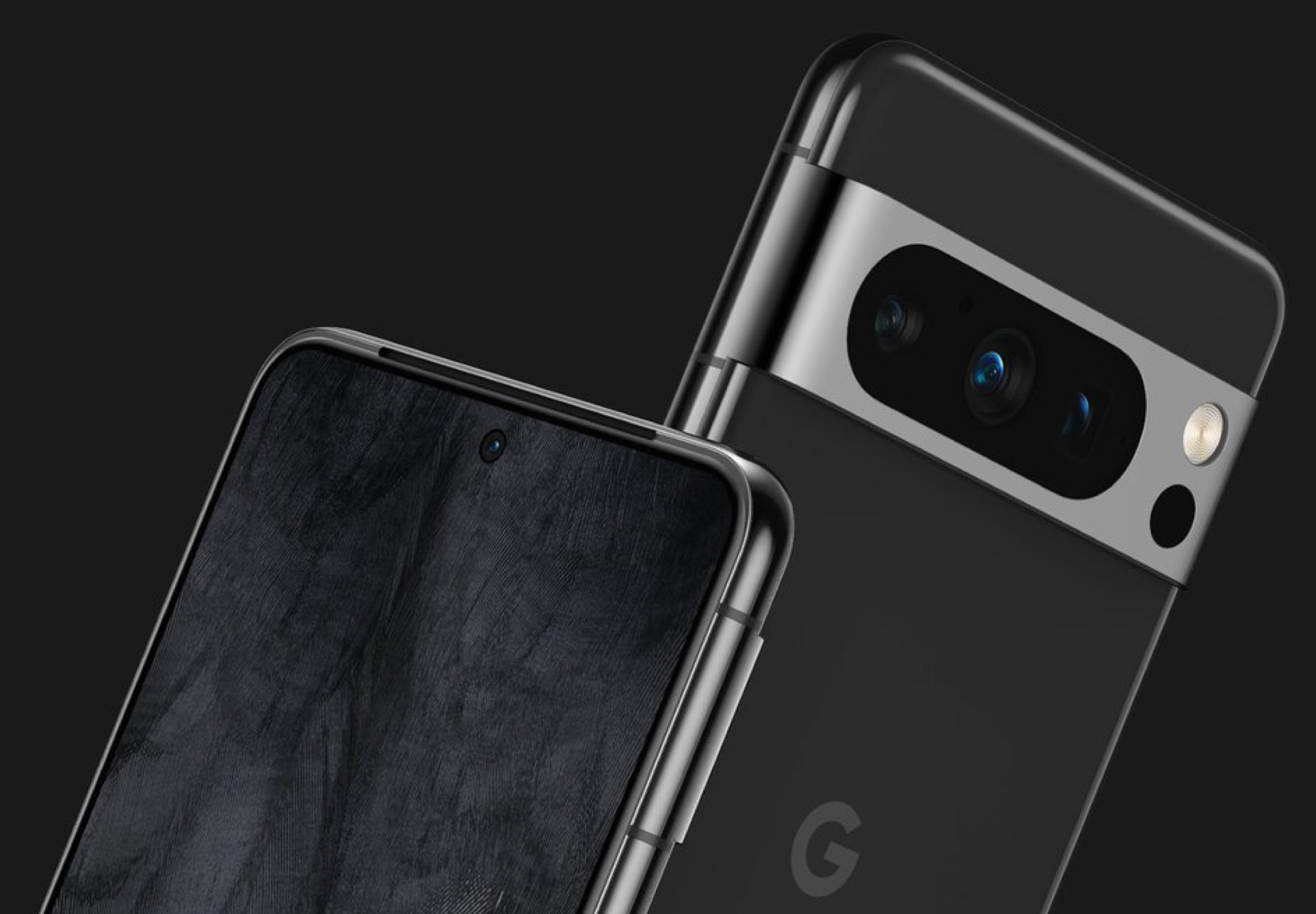The Honor Magic V2 takes the lead in the design department. It’s thinner and lighter than Google’s option. While the Google Pixel Fold is thin compared to the Samsung Galaxy Z Fold 5, it’s still quite hefty at 283g. In contrast, the V2 is a marvel of engineering, with a thickness of only 4.4mm when unfolded and 9.9mm when fully folded. It’s also incredibly light at 231g, making it the lightest foldable on the market and even lighter than some standard smartphones like the iPhone 14 Pro Max.
![]()
Google excels in the AI department, which is evident in its foldable devices and flagship smartphones like the Google Pixel 7. It offers unique AI-powered features for photography and image enhancement, as well as AI capabilities integrated into the Android 13 OS. These features set Google apart from the competition. While the Honor Magic V2 also incorporates AI into its operating system, its focus is on optimizing the phone’s performance rather than introducing unique and fun features.
The Honor Magic V2 and Google Pixel Fold feature different chipsets. The V2 uses the Snapdragon 8 Gen 2 chipset, which prioritizes processing power. With 16GB of RAM, it’s likely to outperform the Pixel Fold in benchmark tests. However, real-world usage won’t show a significant difference in performance.
The Snapdragon 8 Gen 2 chipset may provide better future-proofing for the V2, ensuring it can keep up with the demands of apps and operating systems.
Both foldables experiment with their display designs, resulting in varying aspect ratios. The Honor Magic V2 sports a boxy 7.92-inch OLED display, while the Pixel Fold offers a wider 7.6-inch OLED display. The choice between them depends on your intended use. The wider display of the Pixel Fold is ideal for watching movies, while the taller display of the Magic V2 is better for multitasking.
However, app developers have been slow to adapt to these unique aspect ratios, limiting the usefulness of the inner displays, particularly on the Pixel Fold.
The Honor Magic V2 boasts the title of the fastest charging foldable on the market, featuring 66W fast charging technology. Even better, it comes with a fast charger in the box. While we haven’t benchmarked the V2 yet, it’s expected to charge fully in just under an hour.
On the other hand, the Google Pixel Fold suffers from slow charging, with the same 30W as the Pixel 7 Pro. Despite its slightly smaller 4821mAh battery, it takes over an hour and a half to go from zero to full charge, with only a 24% charge in 15 minutes.




